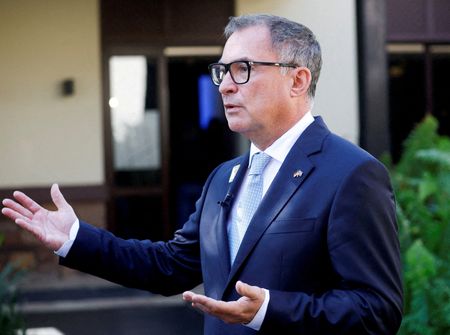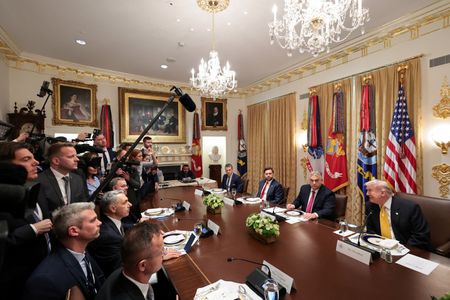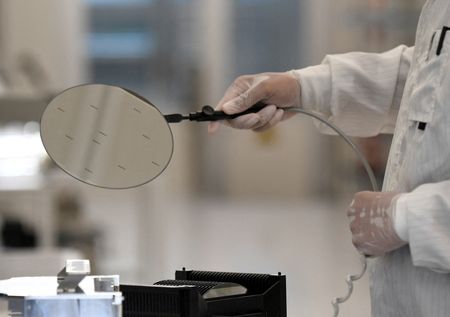FRANKFURT (Reuters) -Exploring the potential uses of artificial intelligence, Bundesbank President Joachim Nagel is now using the technology to check how his speeches will be perceived and whether he found the right balance on the dovish-hawkish spectrum, he said on Friday.
Some investment banks have built large language model AI tools to pour over central bank publications like speeches, interviews and press conferences to gauge the underlying tone of the debate in the hope they could predict policy decisions before others.
UBS says it has built datasets spanning more than two decades and argues that tone shifts at the ECB and the U.S. Federal Reserve lead policy rate changes and market repricing, especially during tightening cycles, sometimes by several months.
“When I give a speech, the speech is not prepared by AI, but we are checking the speech with an AI tool that is our own development, to find out how the message is being perceived,” Nagel told a Bundesbank event.
“Is it a hawkish speech or … it’s a dovish speech?” Nagel said. “Because when we are saying something as central bankers, this has a market impact, so we have to be very cautious in the way we are saying things as that can move markets.”
Nagel is generally perceived as a more hawkish member of the ECB’s Governing Council and his comments are closely watched given Germany’s oversized role in the euro zone economy and because a shift at the hawkish end of the policy debate could also signal a shift in the balance of power.
Nagel has long argued that inflation is likely to remain at the ECB’s 2% target and risks are balanced, so the bar for any further policy easing is rather high.
The bank has kept policy unchanged since June and markets see a close to zero chance of another rate cut this year.
Advocating the further use of AI in central banking, Nagel said there are more potential uses even in the immediate future, including in banking supervision.
(Reporting by Balazs Koranyi; Editing by Andrew Cawthorne)











